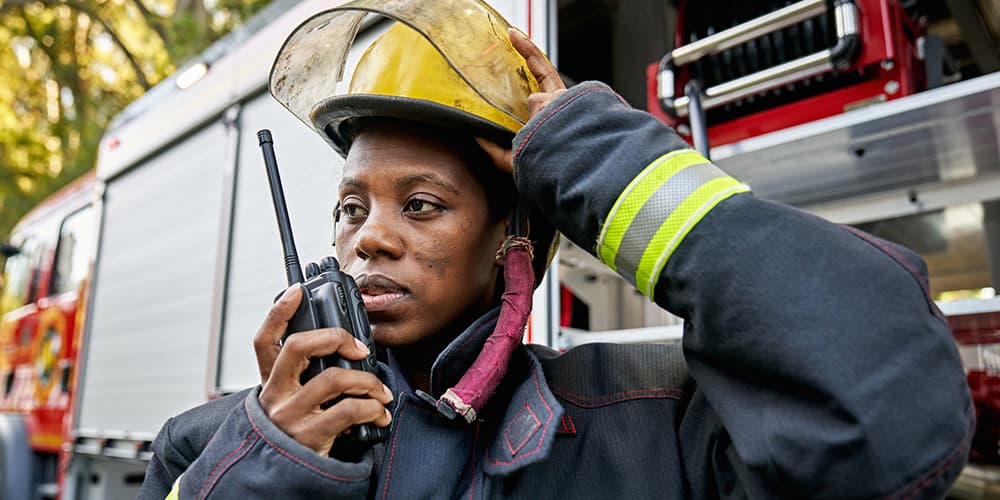If your building has a radio coverage system for emergency responders, installing it is just the beginning. You’ve got to keep it working.
Over time, things change, equipment wears down, backup power fades, or renovations block signals. That’s why testing, troubleshooting, and yearly inspections aren’t just routine. They’re essential. In fact, they’re required by fire codes like NFPA 1225 and local laws in many areas. Whether it’s a DAS or BDA System Installation, regular maintenance ensures reliability during emergencies.
Here’s how to stay on top of it all.
Why Maintenance Matters
These systems, usually referred to as ERCES (Emergency Responder Communication Enhancement Systems), are designed to keep firefighters and first responders connected by radio inside buildings.
But signals can fade. Antennas can shift. Batteries lose charge. Sometimes things stop working without any warning.
If a fire crew enters the building and their radios cut out in a stairwell or basement, that’s a serious problem. And it could lead to injuries, or worse.
This is why fire departments now require regular checks to make sure the system is working just like it did when it was first installed.
What Needs to Be Checked
A full test looks at a few key things:
1. Signal Strength
Most codes require at least -95 dBm across most of the building. Some areas, like stairwells and electrical rooms, must have 100% coverage. These spots are critical during emergencies.
To check this, a technician will walk the building with testing equipment and map out the signal levels.
2. Backup Power
ERCES runs on electricity, but in an emergency, the power may go out. That’s why the system must have batteries to keep it running.
The batteries are tested to make sure they’re holding a proper charge. If they’re too old or weak, they get replaced.
3. Fault Monitoring
If something goes wrong, like power loss or amplifier failure, the system is supposed to send an alert to the fire alarm panel. That connection is tested too, so responders can know right away if there’s a problem.
4. Physical Inspection
Cables, antennas, connectors, these all get checked. Dust, heat, moisture, and even vibrations can wear things down over time.
If anything looks damaged, loose, or corroded, it needs to be repaired or swapped out.
Troubleshooting Common Problems
Not every issue is obvious. Sometimes a system that looks fine still doesn’t perform the way it should. Here are a few problems technicians often find:
- Dead spots: A room or hallway has poor signal. Usually fixed by adding or adjusting antennas.
- Repeating alarms: Often caused by loose wiring, aging batteries, or faulty connections.
- Weak output: Could be amplifier trouble or new interference from other equipment.
- No alert at fire panel: A communication problem between ERCES and the alarm system.
Each of these issues needs to be fixed right away. Even a minor fault can cause bigger failures later.
The Annual Inspection
Once a year, a full inspection is required. This includes:
- Walking the building to test radio strength
- Checking coverage in all key areas
- Verifying power sources and batteries
- Confirming that faults are reported properly
- Making sure the setup still matches the building layout
- Updating records and documentation
After the inspection, a report is created and submitted to the Authority Having Jurisdiction (AHJ), usually the fire marshal.
If the system fails, it must be fixed and re-tested before the building passes inspection.
Things That Can Trigger Re-Testing
Some buildings may need additional testing before the annual deadline. Here’s when that might happen:
- After renovations (walls added, rooms changed, or materials replaced)
- If coverage complaints come in from users or staff
- If the building use changes (like a school turning into a medical facility)
- After a system failure or power loss
In any of these cases, the system should be checked again, even if the next inspection is still months away.
Simple Maintenance Tips
To avoid problems, a few monthly or quarterly checks go a long way:
- Look at the panel for warning lights
- Make sure fans or enclosures aren’t blocked
- Check batteries for leaks or swelling
- Log any alarms, even short ones
- Keep dust away from equipment areas
These small steps help spot trouble early, before it causes downtime.
In Closing
ERCES and BDA Systems systems are quiet. Most people never notice them. But they play a key role in keeping everyone safe during emergencies.
Testing and inspections aren’t just a box to check. They’re what make sure radios work when it matters most. Whether you’re in charge of a high-rise, a hospital, or a warehouse, staying on top of these checks means you’re keeping your building prepared, and your people protected.

















